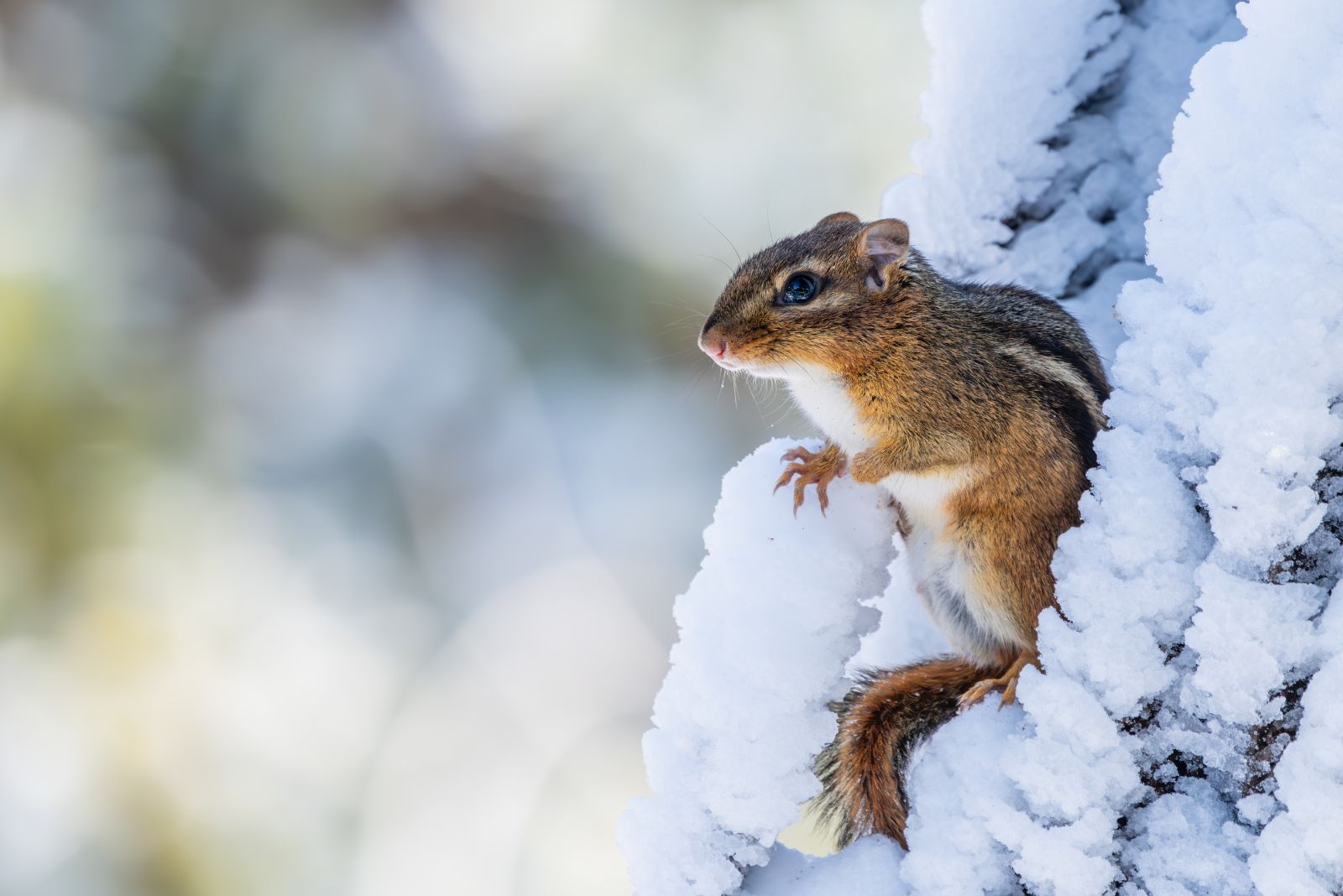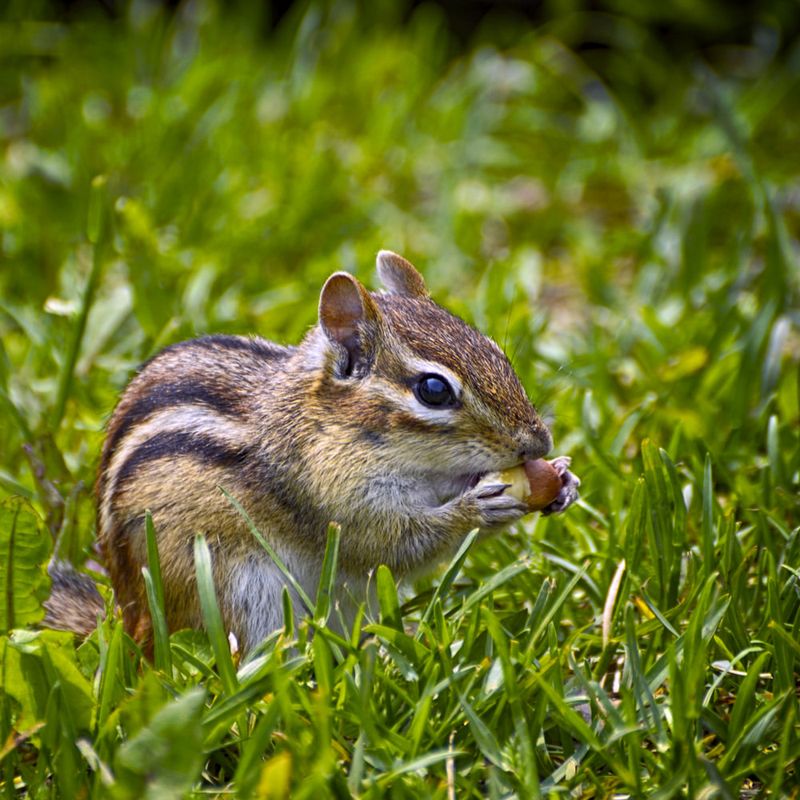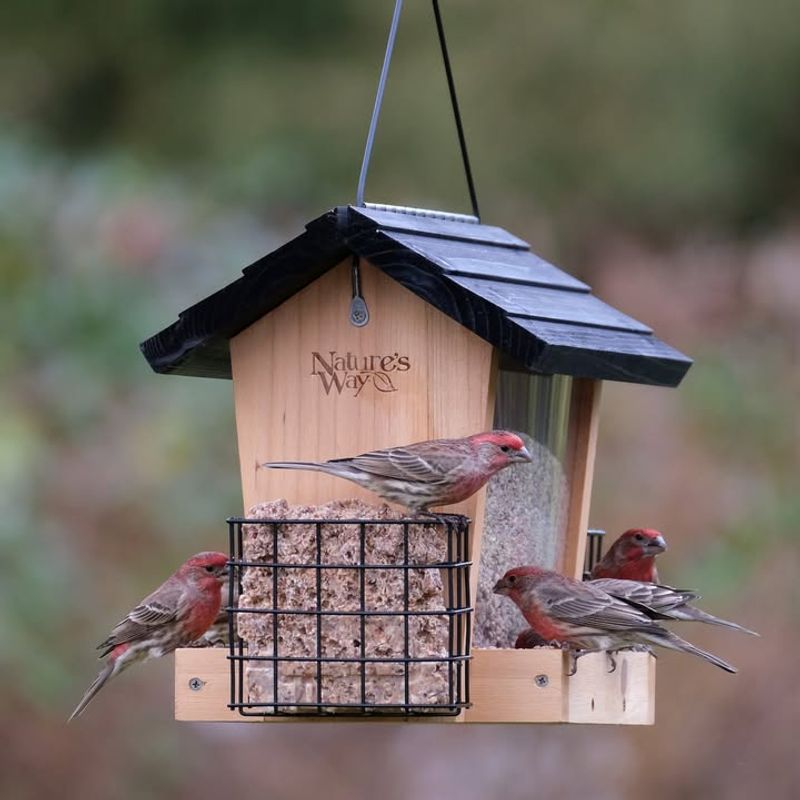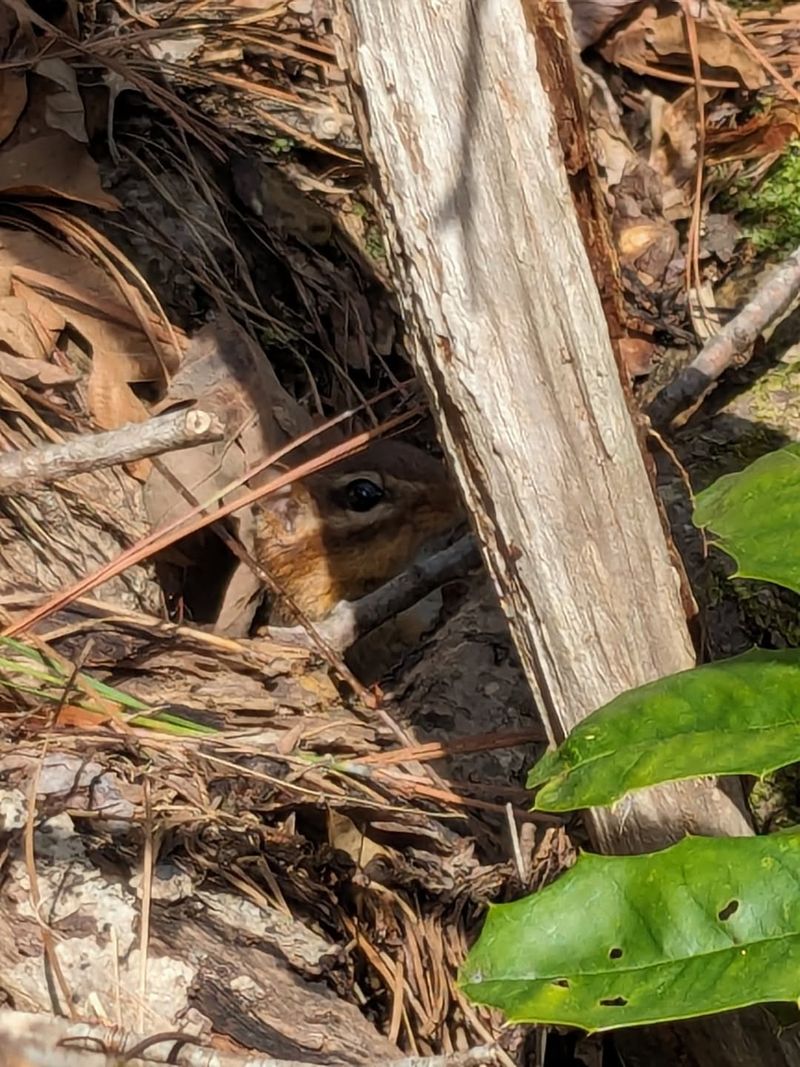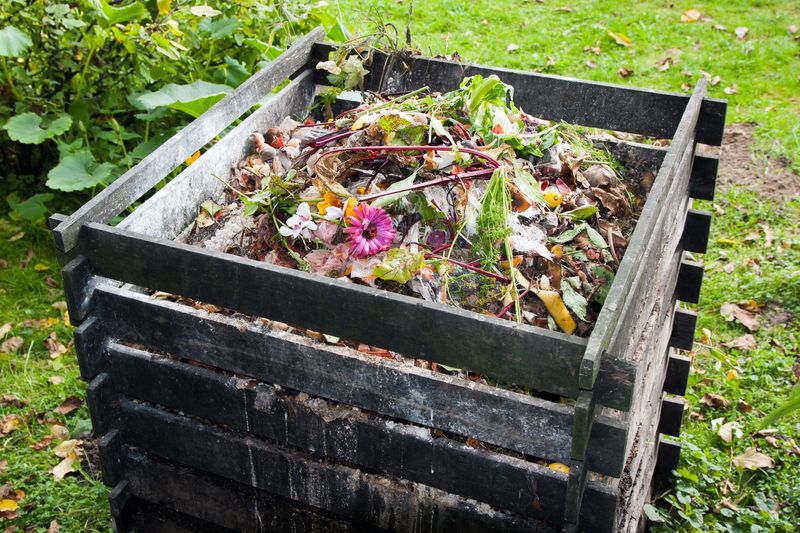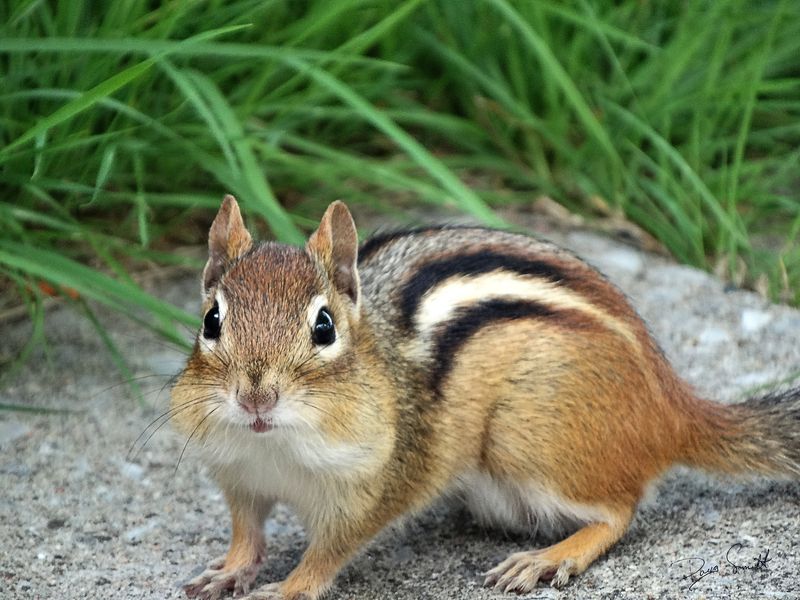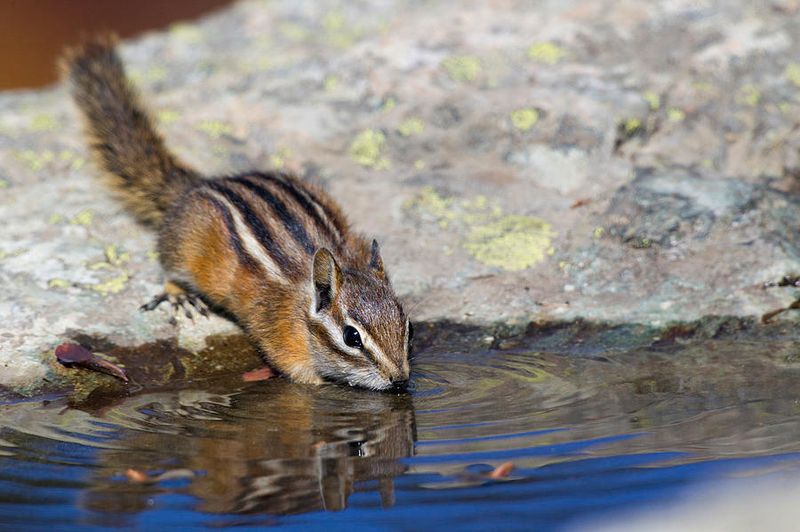Chipmunks might look like they pack up and vanish once the cold months hit, but many Massachusetts homeowners still spot those quick little streaks across the yard. They don’t fully hibernate, so a warm spell or a quick search for food can bring them out of hiding in no time.
Their winter habits often surprise people, turning quiet yards into tiny wildlife stages even in the winter. Understanding these busy visitors can make their cold-season cameos a lot less puzzling.
1. Food Stashes Hidden Underground Keep Them Coming Back
Unlike true hibernators, chipmunks wake up every few days during winter to munch on their stored food supplies. They create elaborate underground pantries filled with seeds, nuts, and berries collected during warmer months.
Your yard might sit right above one of these treasure troves. When hunger strikes, chipmunks pop up from their burrows to grab additional snacks or check on their stash.
Bird feeders and fallen seeds make your property an irresistible pit stop for these hungry critters throughout the cold season.
2. Bird Feeders Provide Easy Winter Meals
Bird feeders act like all-you-can-eat buffets for chipmunks during winter. Seeds that fall to the ground become quick, effortless meals when natural food sources are buried under snow.
Sunflower seeds, cracked corn, and peanuts are chipmunk favorites that many homeowners put out for birds. These tiny opportunists have learned that yards with feeders mean guaranteed food without much effort.
Even on freezing days, the promise of a full belly brings chipmunks scampering from their warm burrows to your backyard dining area.
3. Warmer Microclimates Near Your Home Offer Shelter
Your home radiates heat that creates slightly warmer zones around its foundation, garage, or deck areas. Chipmunks are smart enough to recognize these cozy spots during brutal Massachusetts winters.
Foundation plantings, woodpiles stacked against buildings, and spaces under porches trap additional warmth. These microclimates can be several degrees warmer than open yard areas, making them perfect hangout spots.
When temperatures plummet, chipmunks venture out specifically to take advantage of the heat your home generously provides to its surroundings.
4. Shallow Snow Cover Makes Travel Easier
Massachusetts winters often bring fluctuating temperatures that melt and refreeze snow repeatedly. Chipmunks take advantage of these thaw periods when ground becomes exposed and travel is less exhausting.
Paths created by humans, pets, or other animals provide convenient highways for chipmunks to navigate your property. Shoveled walkways and plowed driveways become their personal expressways to different food sources.
During lighter snow years or warm spells, you’ll spot more chipmunk activity since moving around requires less energy expenditure for their tiny bodies.
5. Compost Bins And Garden Debris Attract Them
Compost piles generate heat as organic matter breaks down, creating warm spots that attract hungry chipmunks. Vegetable scraps, fruit peels, and other decomposing goodies provide winter nutrition when options are limited.
Leftover garden debris like unharvested vegetables or fallen fruits buried under light snow become emergency food supplies. Chipmunks have excellent memories and will return repeatedly to productive foraging locations.
Your compost bin essentially serves as a convenience store that stays open all winter long for these resourceful little mammals.
6. Shorter Torpor Periods Mean More Surface Appearances
Chipmunks enter torpor, a light sleep state, rather than true hibernation. They wake up every few days to eat, drink, and even venture outside briefly when conditions permit.
During milder Massachusetts winters or warm spells, these active periods become longer and more frequent. You might spot them darting around on surprisingly cold days because their internal clock tells them it’s snack time.
This survival strategy means chipmunks remain somewhat visible throughout winter months, unlike groundhogs or bears that sleep for extended periods without waking.
7. Water Sources Keep Them Hydrated And Active
Hydration is just as important as food for winter-active chipmunks. Melting snow, unfrozen bird baths, or dripping outdoor faucets provide essential drinking water during cold months.
Chipmunks can’t survive on snow alone because melting it uses precious body heat. Liquid water sources in your yard make it an attractive destination even on frigid days.
If you notice chipmunks appearing near specific spots repeatedly, there’s probably an accessible water source nearby that keeps drawing them back for regular visits throughout the season.

